He achieved great fame with the Nature Carpets in 1965: these are works made of polyurethane (polyuteranism), which reproduce fragments of the natural environment in an extremely realistic way, for recreational purposes but also to denounce a lifestyle considered increasingly artificial (Greto di torrente, Gallery of Modern Art, Cagliari), the Natura Carpets were published in architecture magazines and were presented in Turin at Eurodomus. These carpets were exhibited in Hamburg, Amsterdam, Brussels, Cologne, Milan, New York and Paris. In America he exhibited together with the great Pop Art artists and created entire environments for great actors. Shocked by the percentages that he had to pay to the big American gallery owners, he returned to Italy.
Gilardi with his first projects for the furniture company Gufram, the Sassi and more, opened a new path in the world of Design, and thanks to his Gufram patents and the prototypes he created he produced projects that are still iconic today based on the ideas of many architects especially Turin.
He also created the first "example" of Pippopotamus for Armando Testa, pink and not blue.
Starting from 1968, Gilardi interrupted his artistic activity to dedicate himself exclusively to political activity, working mainly in mental asylums as a volunteer and his role was certainly central in the movement that led to their closure. He participated in 1969 as a collaborator in the creation of the first two international exhibitions of new international trends Op Losses Schroeven at the Stedelijk Museum in Amsterdam and When Attitudes Become Form at the Kunsthalle in Bern (Switzerland). The Stedelijk Museum still exhibits, in the part dedicated to the history of the museum itself, part of the correspondence between Gilardi and Wim Beeren, among the museum's curators.
From 1968 and throughout the seventies his artistic activity was suspended and he dedicated himself to political militancy in formations of the "new left" (the left then defined as extra-parliamentary), he participated in the Atelier Populair which in Turin, on the model of the Parisian, he worked on the editing of workers' newspapers, on the editing of political posters, above all, on the occasion of elections and referendums, also supporting the artistic movements of collective and spontaneous creativity, he created banners and posters together with others for the new feminist movement and worked in various social spheres, where he was one of the creators of basic cultural animation also as a founder and active member of the "Collettivo la Comune" of Turin". He lived creative experiences not only in Italy, but also in Nicaragua, in various African countries and in Native American territories in the USA.
He returned to full artistic production in 1981, recounting his artistic-ideological journey in a text entitled Dall'arte alla vita, dalla vita all'arte, published in 1981. Not for sale followed in 2000 for Mazzotta editore.
Starting in 1985, he began artistic research with new technologies through the development of the IXIANA Project which, presented at the Parc de la Villette in Paris, prefigures a technological park in which the general public could experiment with digital technologies in an artistic sense.
Over the last few years he has developed a series of interactive multimedia installations with intense international activity. Together with Claude Faure and Piotr Kowalski, he formed the international association "Ars Technica". As head of the Italian section of Ars Technica he promoted the international exhibitions "Arslab. Methods and Emotions" (1992), "Arslab. I Sensi del Virtuale" (1995), Arslab. The labyrinths of the body in play (1999) and numerous study conferences on the art of new media.[2]
Most of Gilardi's recent works are united by a theme, namely the interaction between work and spectator. Among the various creations, we remember the Pulsations installation, in which the heartbeat of the observer of the work - recorded using a sensor - determines changes in the whole; Absolut, a forest of synthetic, translucent and cold materials, Shared emotion, which involves two people in an interactive computer exhibition, referring to the new methods of approach and exchange in the virtual and globalized society.
He has been working on the Living Art Park project of the City of Turin since 2002, of which he was president. He was a member of the project's Artistic Direction Committee.


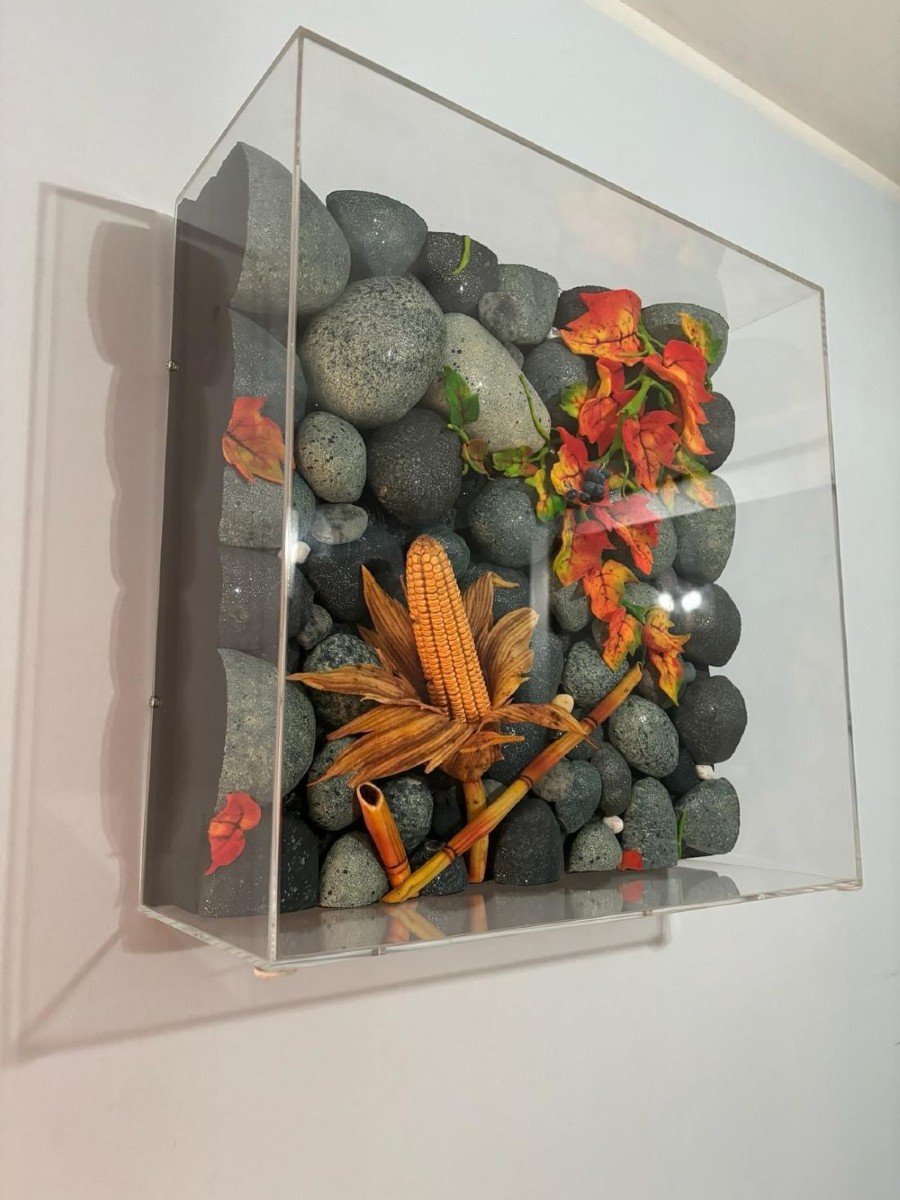
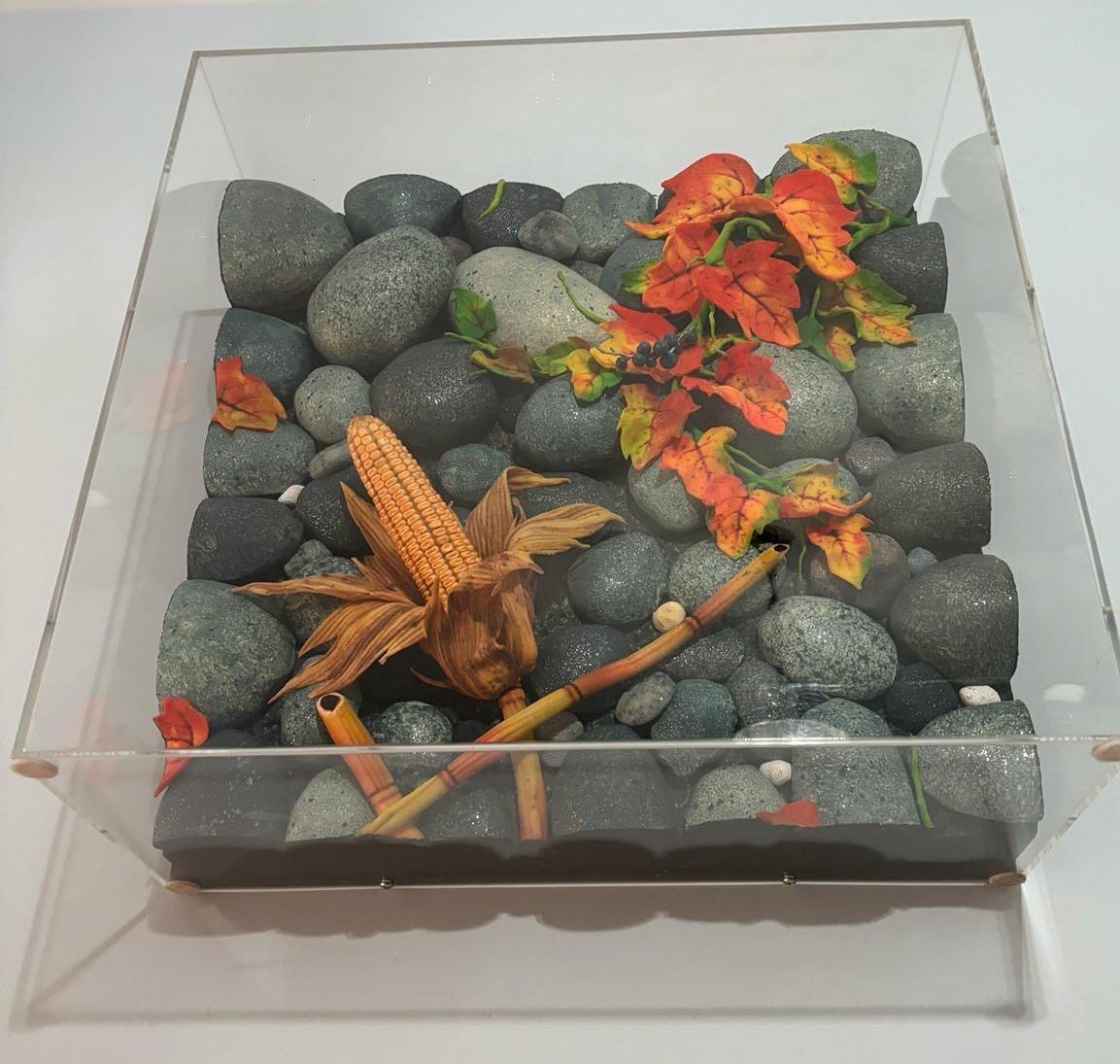
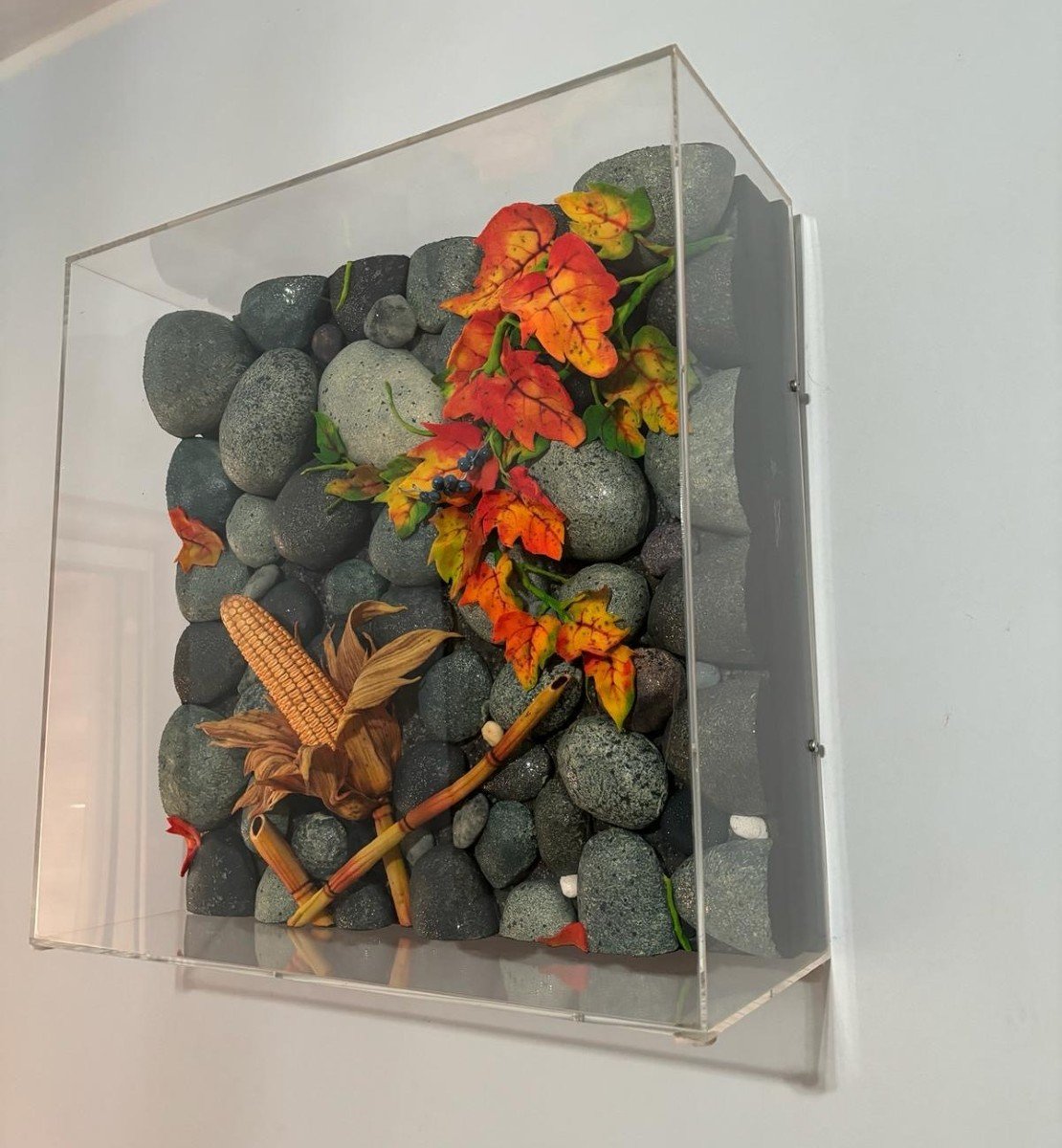
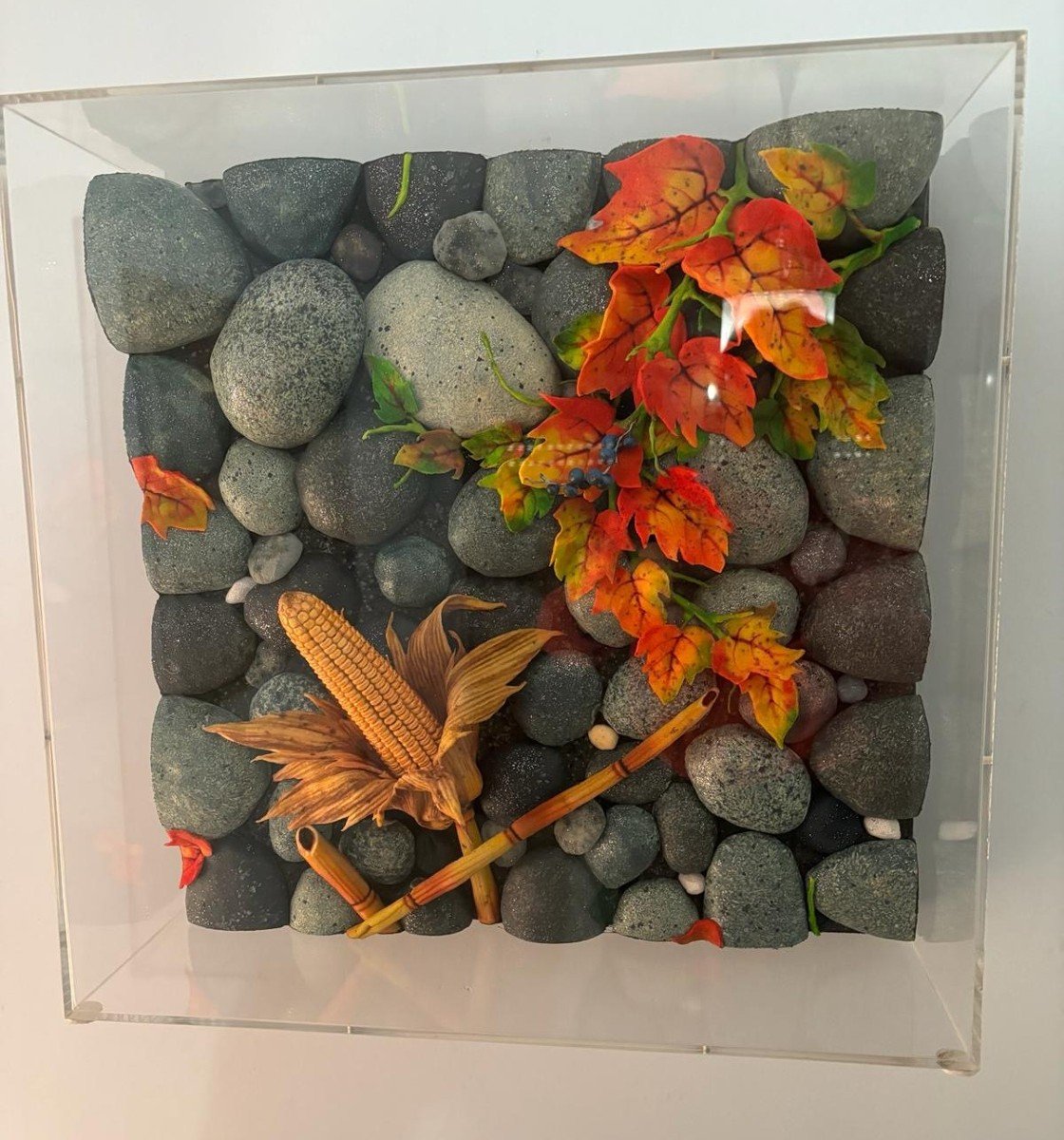
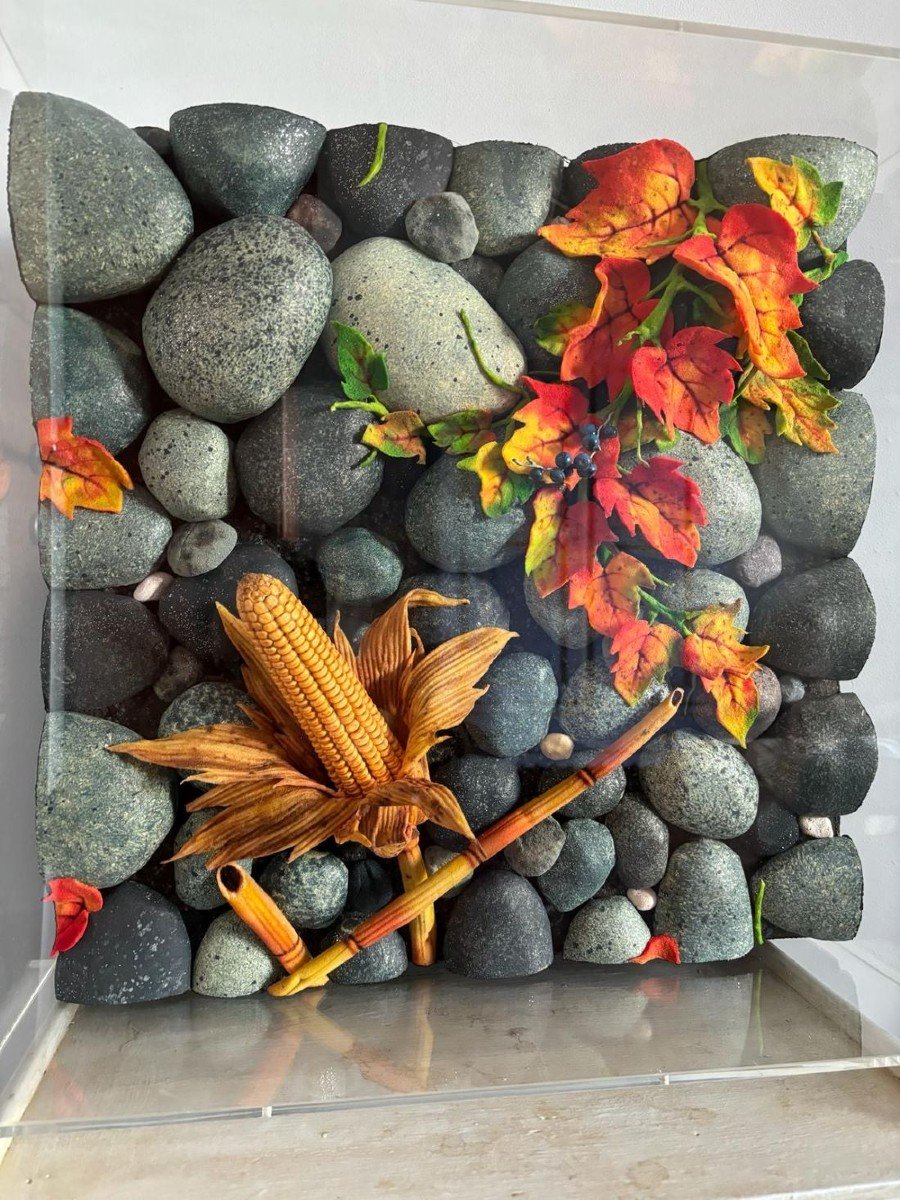
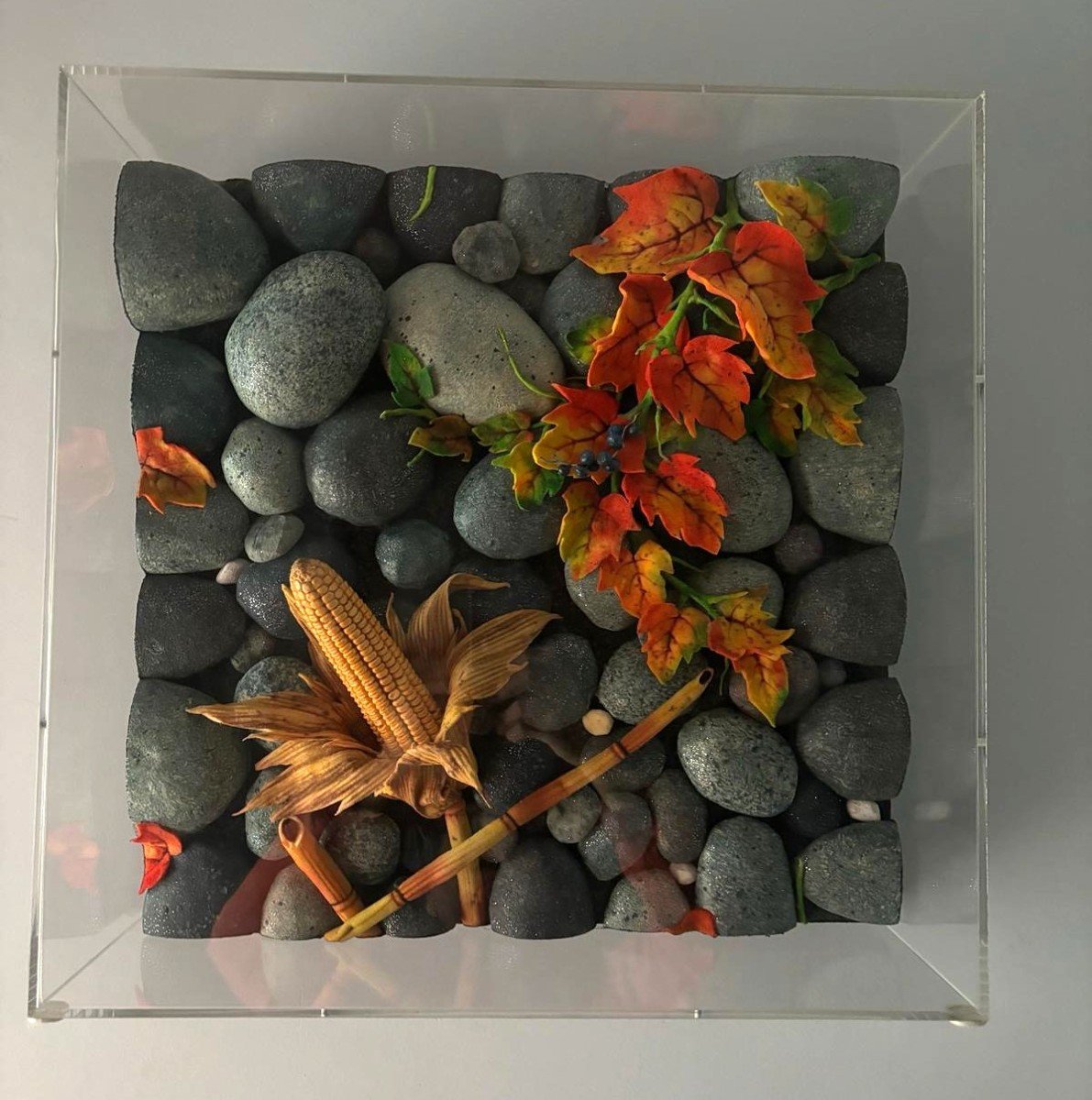
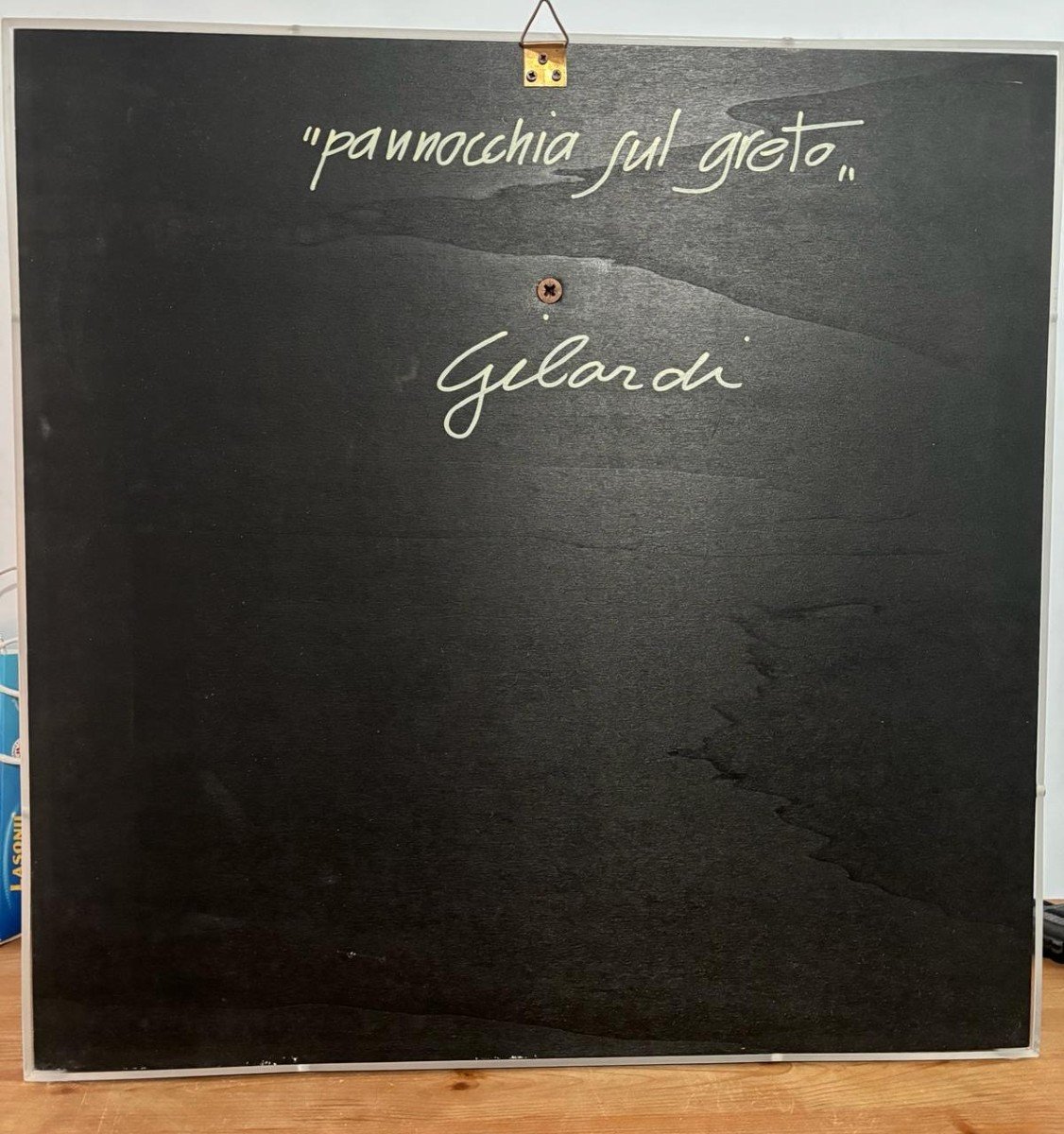








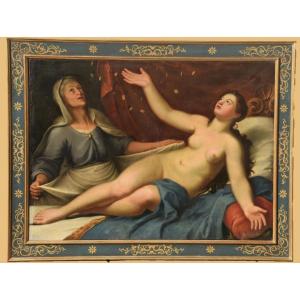
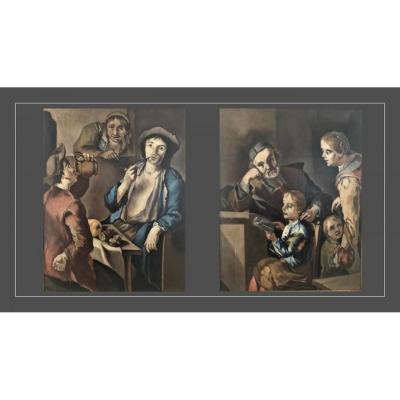


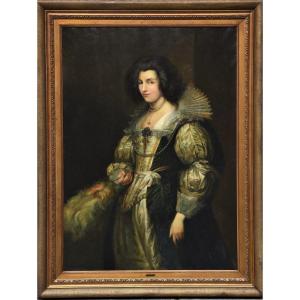
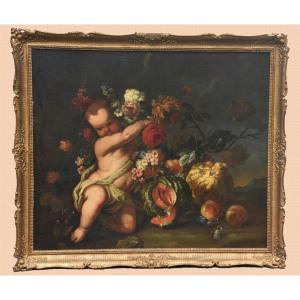

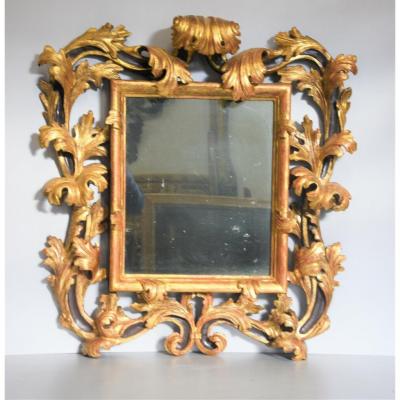


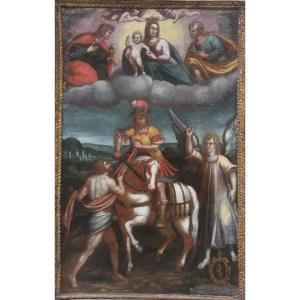


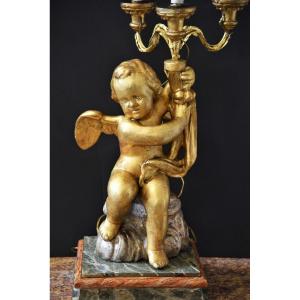
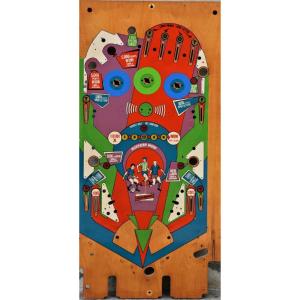

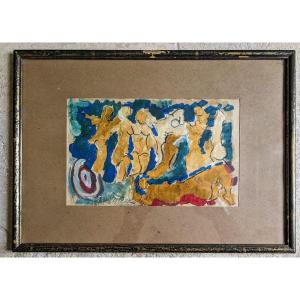
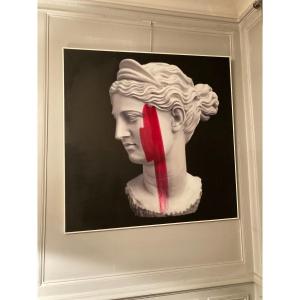
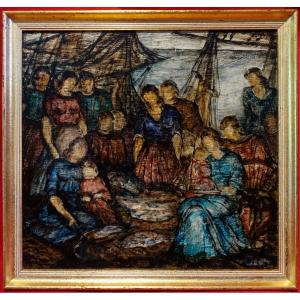
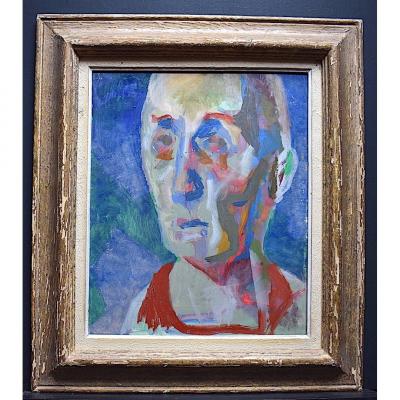



 Le Magazine de PROANTIC
Le Magazine de PROANTIC TRÉSORS Magazine
TRÉSORS Magazine Rivista Artiquariato
Rivista Artiquariato